Paprika is a vibrant red spice made from ground dried peppers, primarily from the Capsicum annuum family. It's used globally for both color and flavor in dishes ranging from Hungarian goulash to Spanish paella and American barbecue rubs. Unlike what many believe, paprika isn't just for color—it comes in sweet, hot, and smoked varieties, each with distinct culinary applications that can transform ordinary dishes into extraordinary meals.
| Variety | Flavor Profile | Heat Level | Best Used In |
|---|---|---|---|
| Sweet Paprika | Mild, earthy, slightly sweet | Very low | Goulash, stews, creamy sauces |
| Hot Paprika | Spicy, robust | Moderate to high | Spicy goulash, chorizo, grilled meats |
| Smoked Paprika | Smoky, deep, caramel-like | Varies (sweet or hot available) | Paella, BBQ, soups, roasted veggies |
Understanding paprika's molecular behavior is crucial for optimal results. Capsanthin—the carotenoid responsible for paprika's crimson color—is fat-soluble but heat-sensitive. When cooked in oil below 175°C (347°F), it releases maximum color without bitterness. Smoked paprika's guaiacol compounds bind to proteins during marination, explaining its exceptional penetration in meats. Sweet varieties contain higher carotenoid concentrations than hot versions, making them superior for color retention in dairy-based sauces where capsaicin would destabilize emulsions.
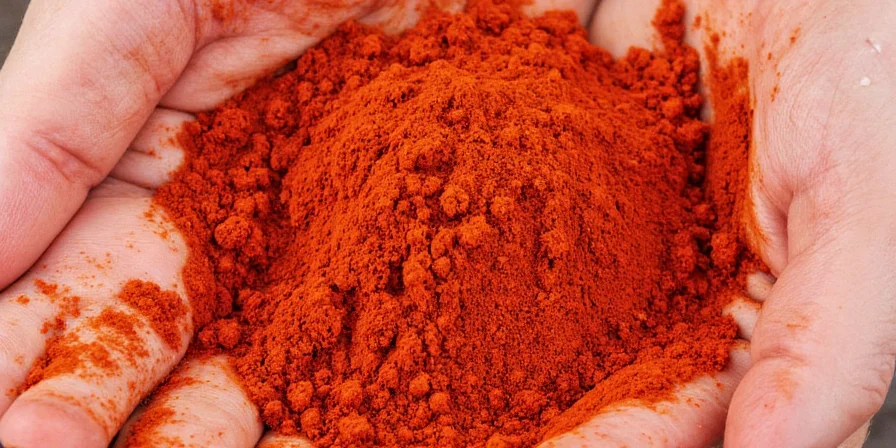
How to Use Paprika Like a Pro Chef
Maximize paprika's potential with these science-backed techniques:
- Bloom in oil: Heat paprika in oil for 30 seconds at medium-low heat before adding liquids to activate flavor compounds without burning
- Meat rubs: Combine with garlic powder, salt, and brown sugar for steak or chicken—the Maillard reaction enhances flavor complexity
- Sauce enhancement: Add to tomato-based sauces during the last 10 minutes of cooking to preserve vibrant color
- Vegetable roasting: Toss carrots or potatoes with olive oil and paprika before baking at 200°C (392°F) for optimal flavor release
- Dairy pairing: Use sweet paprika in cheese sauces—its higher carotenoid content maintains emulsion stability
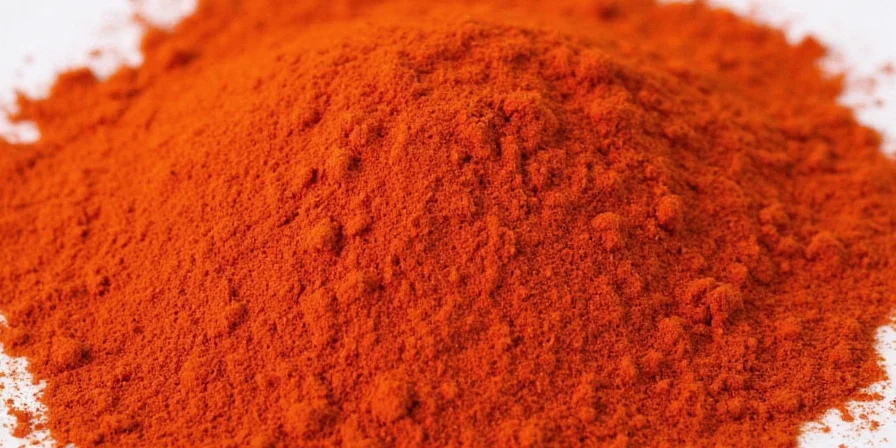
Pro Tips: Maximizing Flavor & Shelf Life
Follow these evidence-based storage and usage techniques:
- Test freshness: Rub a pinch between damp fingers—vibrant red streaks and strong aroma indicate freshness
- Prevent bitterness: Never exceed 180°C (356°F) when cooking with paprika to avoid quinone formation
- Storage: Keep in airtight container away from light—properly stored paprika maintains potency for 12-18 months
- Usage ratio: 1 tablespoon paprika = 3-4 medium fresh peppers (sweet varieties require more peppers per volume)
- Flavor pairing: Complements garlic, cumin, thyme, and citrus zest for complex seasoning blends
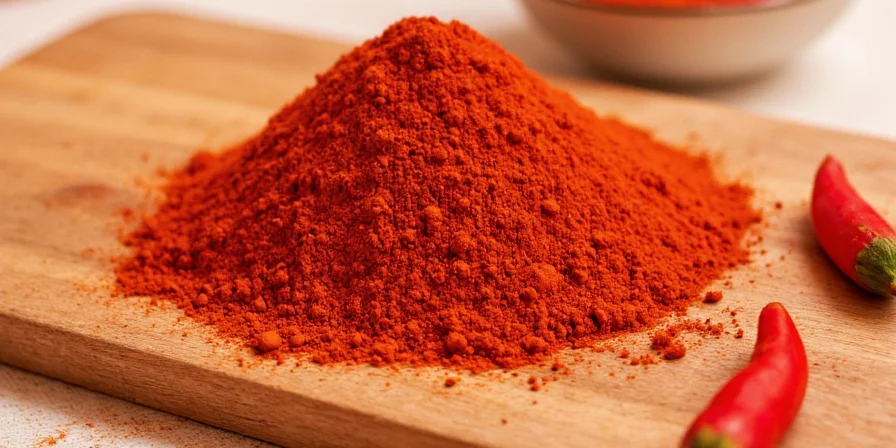
Common Myths About Paprika—Debunked!
- Myth: Paprika is only for color
Reality: Quality paprika contributes significant flavor complexity beyond visual appeal - Myth: All paprika is spicy
Reality: Most commercial paprika is sweet unless labeled "hot" or "spicy" - Myth: Always add at the beginning of cooking
Reality: Add during the last 10 minutes for optimal flavor retention - Myth: Paprika loses potency after 6 months
Reality: Properly stored, it maintains quality for 12-18 months
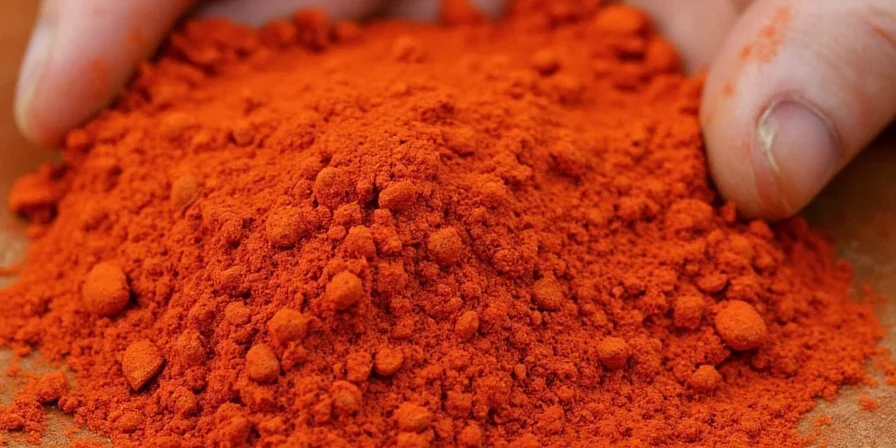
Frequently Asked Questions
Can paprika be used in sweet dishes?
Yes, sweet paprika works surprisingly well in chocolate-based desserts and fruit compotes. Its earthy notes complement cocoa and berries without adding heat, creating complex flavor layers in dishes like mole sauce or spiced poached pears.
How do I test paprika freshness?
Rub a pinch between damp fingers. Fresh paprika will leave vibrant red streaks and emit a strong aromatic scent. Faded color or weak aroma indicates degradation. For scientific accuracy, compare against a new batch—the color difference becomes immediately apparent.
Why does my paprika taste bitter in stews?
Bitterness occurs when paprika exceeds 180°C (356°F) during cooking. The carotenoids break down, releasing quinones. To prevent this, bloom paprika in oil below medium heat for 30 seconds before adding liquids, or incorporate it during the last 10 minutes of cooking.
Is smoked paprika gluten-free?
Pure smoked paprika is naturally gluten-free. However, check labels for additives in commercial blends. Cross-contamination is rare but possible in facilities processing wheat-based spices. For absolute safety, choose certified gluten-free brands when dietary restrictions apply.
How much paprika equals one fresh pepper?
One tablespoon of paprika equals approximately 3-4 medium fresh peppers. This accounts for moisture loss during drying. Note: Sweet paprika requires more peppers per volume than hot varieties due to lower capsaicin concentration in the source peppers.
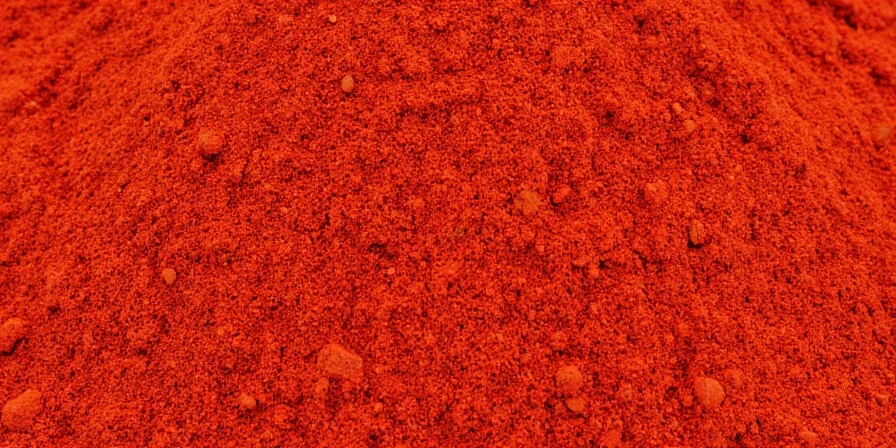
Paprika transforms from ordinary to extraordinary when you understand its science and varieties. By matching the right type to your dish and using temperature-controlled techniques, you'll unlock flavors that go far beyond basic spice cabinet functionality. The next time you reach for that red powder, remember you're holding a culinary tool with centuries of tradition backed by modern food science—ready to elevate your cooking from mundane to memorable.

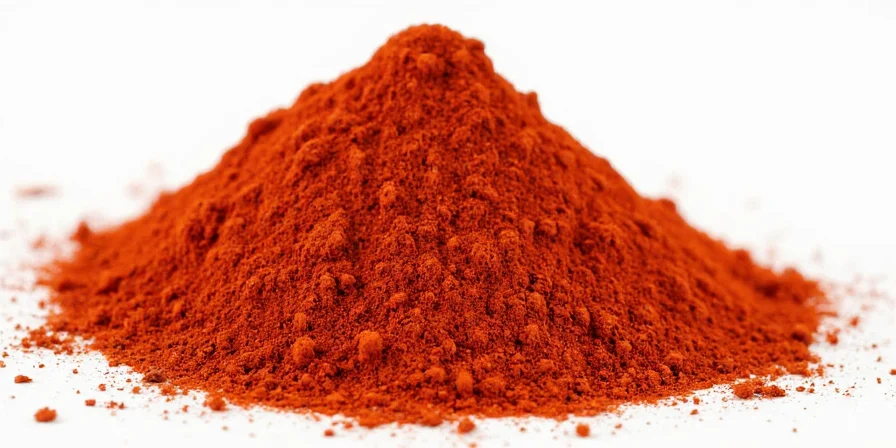









 浙公网安备
33010002000092号
浙公网安备
33010002000092号 浙B2-20120091-4
浙B2-20120091-4